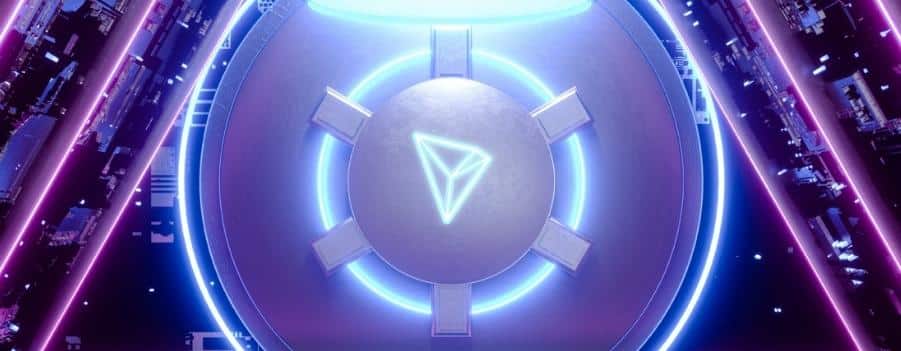Tron unveiled: Understanding the TRX network inside and out

Found in 2017, the Real-Time Operating System Nucleus (TRON) is a well-known and adaptable open-source blockchain technology that has sparked interest among cryptocurrency fans and developers worldwide. TRON is known for its quick, scalable, and affordable transactions. It uses a delegated Proof of Stake (DPoS) consensus process, increasing throughput and approving transactions while consuming the least energy possible. With the help of TRON, decentralized apps can be created on its network for smart contracts.
Technical Aspects of the Tron Network
The TRON network is supported by various technological features that distinguish it in the blockchain environment, like the Delegated Proof of Stake (DPoS). Since mining doesn’t require the high processing power associated with traditional Proof of Work (PoW) systems, this technique is intended to be more energy-efficient and scalable. By depending on several chosen super representatives to check and certify transactions, DPoS improves transaction speed and efficiency.
Scalability is also one of the highlights of TRON. With the core, strong, and application layers, it uses a three-layer design. By facilitating quicker and more affordable transactions, smart contract execution, and decentralized application development, TRON’s Sun Network side-chain solution substantially enhances scalability.
The technological advantages of TRON make it a reliable blockchain platform for its users. With reduced costs and increased transaction throughput, it competes with other significant networks like Ethereum. TRON has a distinct advantage in the blockchain market due to its high scalability solutions, which make it a desirable choice for applications needing quick transaction processing.
TRON’s Community and Governance
The TRON community significantly influences the development of the network. Through the TRON Super Representatives (SRs), the community actively participates in the network’s expansion by submitting and voting on protocol updates, enhancements, and initiatives. It comprises programmers, writers, token holders, and enthusiasts actively engaging in the ecosystem’s growth and decision-making. The decentralized structure of TRON allows its users to express their preferences and opinions on important issues, fostering a more open and participative network.
TRON’s Integration in the Casino Industry
Due to its benefits, TRON’s integration into the gambling industry, like TRX Casinos, has earned a lot of enthusiasm among users. These TRX casinos allow users to play casino games by conducting transactions using the TRON network. Some of the key advantages of TRON are:
- Efficiency: TRON’s DPoS consensus mechanism enables quick transaction processing, cutting down on the time players have to wait for deposits, withdrawals, and game outcomes.
- Transaction Fees: Due to the network’s low transaction fees, TRON is user-friendly. Particularly tempting for microtransactions and tiny wagers is its affordability.
- Security and Transparency: The blockchain’s transparency assures fair gameplay and guards against fraud, giving participants confidence. Payouts may be automated through smart contracts, eliminating the need for middlemen.
- Accessibility: TRX Casinos lets customers from all over the world join in betting and gaming activities.
- Privacy: Users who want anonymity while gaming may find TRON’s privacy characteristics appealing.
Future Developments and Roadmap
TRON’s development roadmap and future goals show a dedication to strengthening and growing the ecosystem. While some of the details are subject to change, the following are some possible basic routes for TRON’s development:
- Improved Scalability: TRON will probably keep optimizing its network for greater scalability, making it better equipped to handle increasing transactions and DApps. This will increase sidechains.
- Governance: With an emphasis on boosting community involvement in decision-making procedures, TRON’s governance structure may develop to become more decentralized. This may result in a more democratic method of managing networks and updating protocols.
- Interoperability: To promote cross-chain interoperability and enable a more smooth transfer of assets and data between other platforms, TRON may work on connecting with other networks.
- NFT Ecosystem: TRON is anticipated to expand its ecosystem for non-fungible tokens (NFT) and decentralized finance (De-Fi). New De-Fi protocols, loan systems, and NFT marketplaces may all fall under this category.
Conclusion
TRON can potentially significantly impact the development of blockchain technology and its applications as it works to broaden its worldwide footprint and provide solutions for many different use cases. The network will continue to develop following the requirements and goals of its continuously expanding user base, thanks to its emphasis on community engagement and open governance.